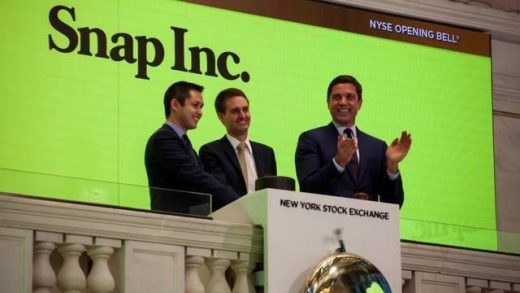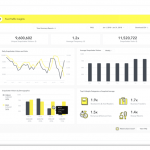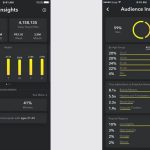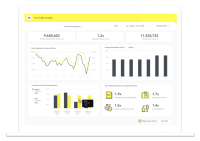Snap’s Revs Dip, But Future May Hold More Promise
Snap’s Revs Dip, But Future May Hold More Promise
by Gavin O’Malley @mp_gavin, August 10, 2017
Making a bad situation worse, Snap failed to meet analyst expectations for the second straight quarter.
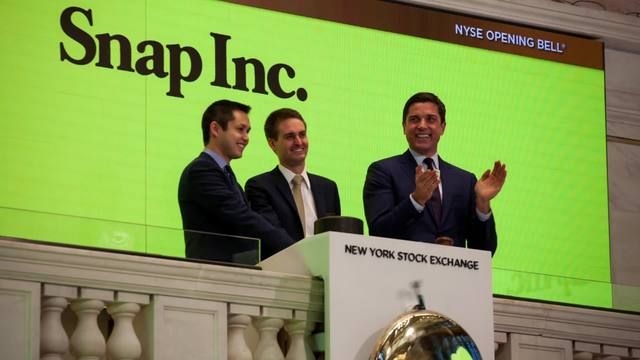
For the quarter ended June 30, the “camera company” reported a net loss of 16 cents per share on revenue of $181.7 million.
During the period, Snap added about 7 million users — fewer than the roughly 8 million it added during the first quarter of the year, and the 10 million that analysts were anticipating.
In the second quarter, the struggling social network also reported lower-than-expected average revenue per user of $1.05.
Despite another disappointing performance, Snap cofounder and CEO Evan Spiegel put on a brave face on Thursday. “We believe deeply in the long-term success of Snap,” Spiegel told analysts on a conference call — referring to himself and Snap’s co-founder and chief technology officer Robert “Bobby” Murphy.
“Bobby and I won’t sell any stock, this year,” Spiegel promised.
During the quarter, daily active users grew from 143 million to 173 million, which represented an increase of 21% year-over-year.
Despite its struggles, some Snap watchers remain optimistic about the company’s future.
“Snap has vast, long-term potential as it offers an engaging platform for communication and entertainment,” Aaron Goldman, CMO of media and data science firm 4C Insights, said earlier this week. The latter pointed to how well Snap is positioned to augment TV ad budgets — especially those targeting the younger demographic, Goldman said.
From the first quarter of the year to the second, 4C saw ad spending on Snap increase by 101%.
Critically, Snap still holds considerable sway among its core audience of younger users. Indeed, only 9% of young millennials would currently call Snapchat a “fad,” according to a recent survey conducted by Fluent.
Nearly half (48%) of those 18 to 24 say they are still using Snapchat at least once a month, the marketing firm found. That’s on par with both Facebook (49%), and Instagram (46%).
Regarding Facebook’s ongoing efforts to undermine Snap, some analysts say the social giant’s market dominance is overblown. Brian White at Drexel Hamilton doesn’t buy the “never-ending, doomsday narrative around Facebook’s perceived impact on Snapchat.”
The analyst said in a note to investors that he sees “strong upside potential” for Snap and its stock price over the next 12 months.
During the second quarter, Snap announced a two-year content-development deal with Time Warner. Yet, analysts said the tie-up is less about awesome content for Snap and more about TV networks trying to keep up with increasingly scattered audiences.
“The bigger story is actually about the fragmentation of traditional programming across all digital delivery mechanisms,” Forrester analyst Jessica Liu said at the time. “And how TV networks are trying to piece those fragments together to achieve scale.”
Snap also recently launched an opt-in Map feature; users can track their friends’ whereabouts in real-time. On their smartphone screens, users can now virtually scan their physical surroundings and see where friends are posting snaps and stories.
Around the world, the feature let users see where large groups are gathering, based on information people choose to share publicly. “Heat” colors will illustrate large, active groups in particular geographic areas.
Snap Map is also expected to give publishers and marketers more ways to engage audiences on the platform, which could spell more money-making opportunities for Snap.
MediaPost.com: Search Marketing Daily
(32)

